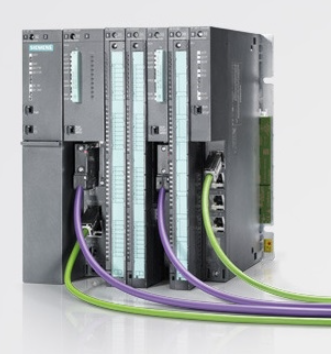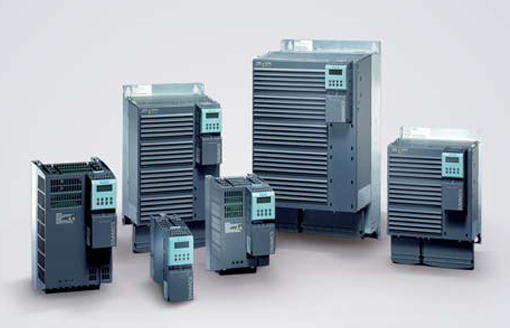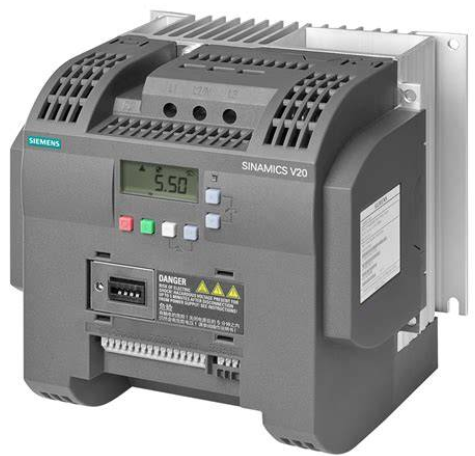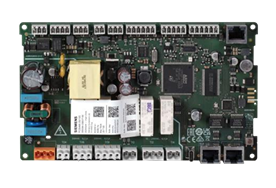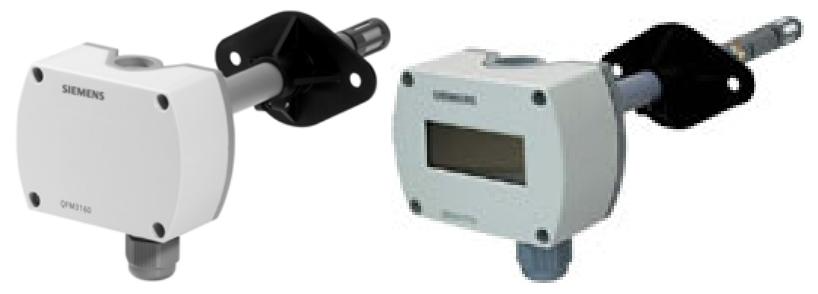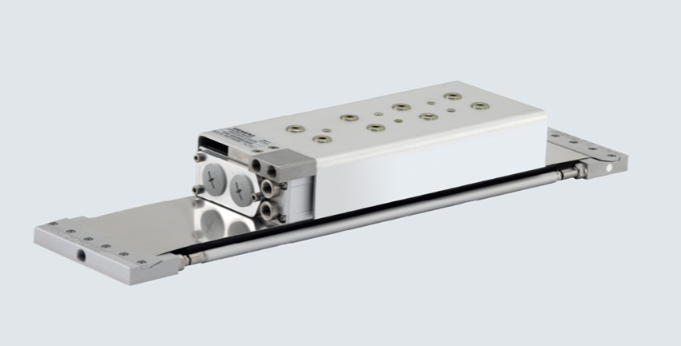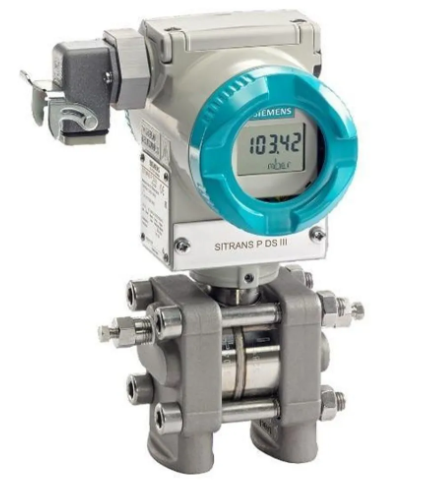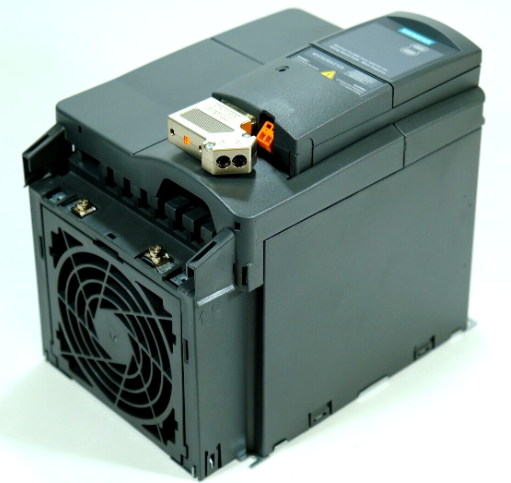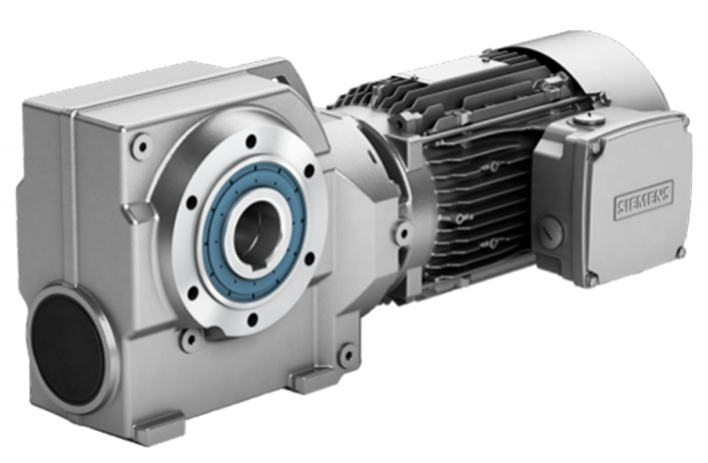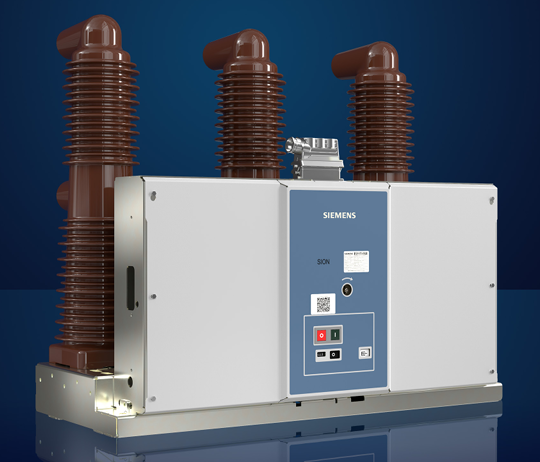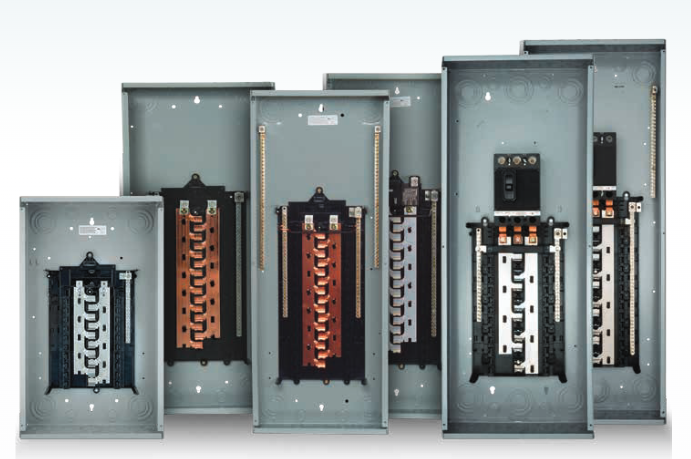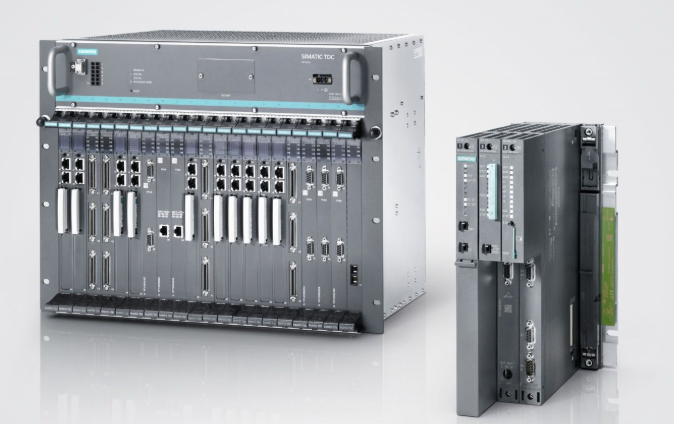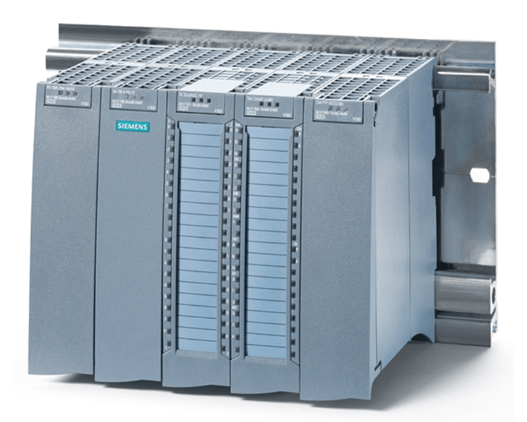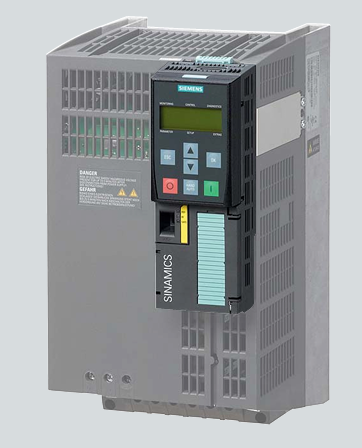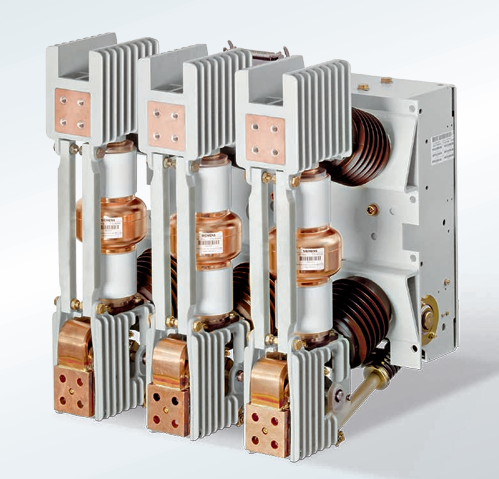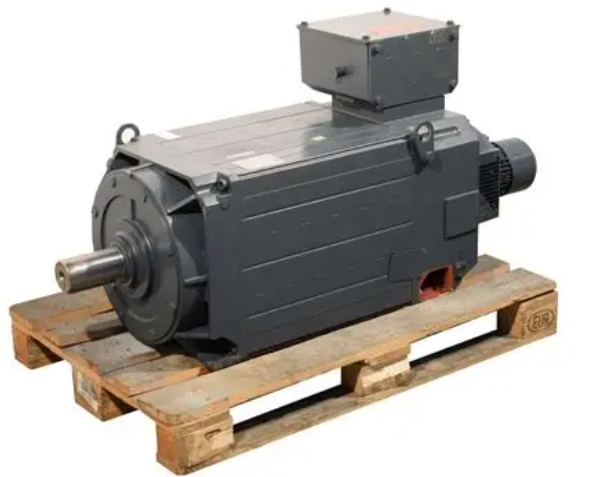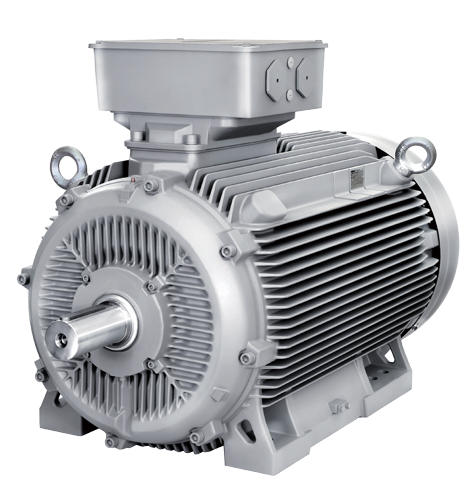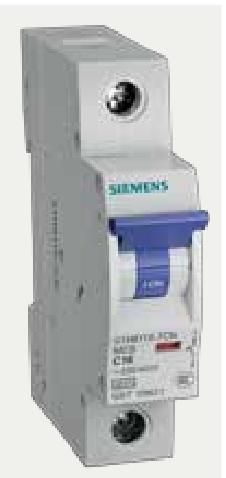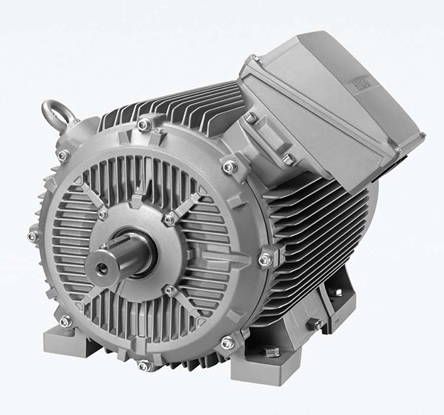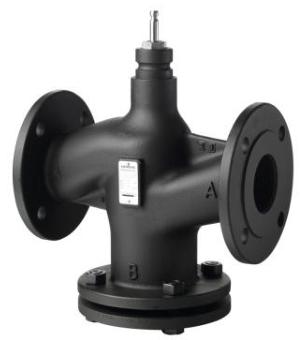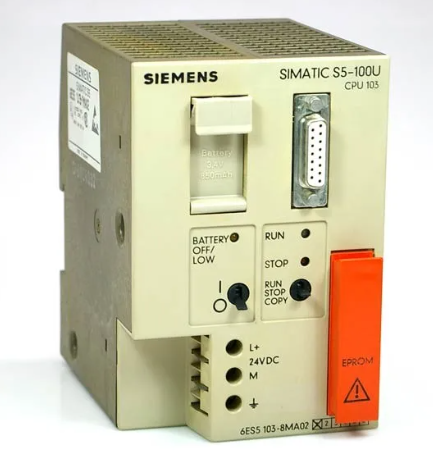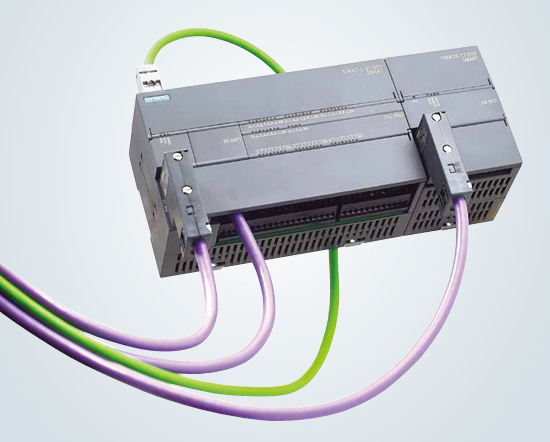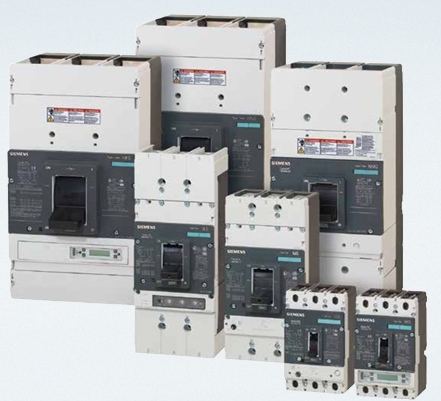FBM205 is a universal input/output interface module designed by FOXBORO specifically for its I/A Series DCS (distributed control system). Its main function is to achieve analog signal conversion and data transmission between the control system and on-site sensors, actuators, and other equipment. This module adopts a modular design and supports hot swapping operations, which not only facilitates the early installation and deployment of the system, but also enables maintenance and replacement without interrupting the overall control process, greatly improving the continuity and reliability of industrial production.
FOXBORO FBM205 Input/Output Interface Module
Module overview: positioning and core values
FBM205 is a universal input/output interface module designed by FOXBORO specifically for its I/A Series DCS (distributed control system). Its main function is to achieve analog signal conversion and data transmission between the control system and on-site sensors, actuators, and other equipment. This module adopts a modular design and supports hot swapping operations, which not only facilitates the early installation and deployment of the system, but also enables maintenance and replacement without interrupting the overall control process, greatly improving the continuity and reliability of industrial production.
Compared with traditional interface modules, FBM205 has been optimized and upgraded in terms of signal processing accuracy, resistance to harsh environments, and compatibility. It can adapt to different types of analog signals and meet the diverse data acquisition and control needs in complex industrial scenarios. It is a key "neural node" that connects the control hub with the production site.
Core Function: Signal Processing and System Interaction
The functions of the FBM205 module revolve around the three core objectives of "precise acquisition, stable transmission, and secure control", which are manifested in the following aspects:
1. Multi type analog signal adaptation
The module supports multiple common types of analog input and output signals, including 4-20mA DC current signals, 0-5V/1-5V DC voltage signals, etc. It can directly interface with mainstream field devices such as pressure sensors, temperature transmitters, level gauges, and regulating valves without the need for additional signal conversion devices, simplifying the complexity of system wiring. At the same time, the module has a signal range calibration function, which can flexibly adjust the signal acquisition and output range according to actual equipment needs, improving the accuracy of data acquisition.
2. Efficient data transmission and real-time interaction
As the on-site interface unit of the DCS system, FBM205 achieves high-speed data exchange with the controller through the system bus, ensuring real-time uploading of on-site signals and immediate issuance of control instructions. The signal processing chip integrated internally can filter and amplify the collected analog signals, effectively suppressing electromagnetic interference in industrial sites and ensuring the stability of data transmission.
3. Hot plugging and online maintenance
The module adopts FOXBORO's patented hot swappable technology. Under normal system operation, the module can be directly plugged and unplugged for replacement or maintenance without affecting the operation of the entire control system. This feature greatly shortens equipment downtime and reduces production losses caused by maintenance, especially suitable for industrial scenarios with continuous production.
4. Fault diagnosis and status monitoring
FBM205 has a complete self diagnostic function, which can monitor the working status of the module in real time (such as power failure, signal abnormality, etc.), and feedback the fault information to the DCS system operation station through the bus, making it easy for operators to discover and handle problems in a timely manner. There are also status indicator lights on the module panel, which can intuitively display the status of power, communication, signals, etc., providing convenience for on-site maintenance.
Key technical parameters: Detailed explanation of performance indicators
Technical parameters are the core basis for measuring module performance. The key parameters of FBM205 are as follows, which are subject to the official manual:
1. Input and output channels
-Number of channels: usually 8 inputs/8 outputs (adjustable according to configuration), with independent input and output channels for flexible configuration.
-Channel isolation: Using optoelectronic isolation technology, electrical isolation is achieved between the input and output channels and the system bus, as well as between each channel. The isolation voltage can reach 250V AC, effectively avoiding signal interference and surge impact damage to modules and systems.
2. Signal accuracy and range
-Current signal: Input/output accuracy ± 0.1% FS (full range), supports 4-20mA, 0-20mA and other ranges.
-Voltage signal: Input/output accuracy ± 0.1% FS, supporting ranges of 0-5V, 1-5V, 0-10V, etc.
-Sampling rate: The single channel sampling rate can reach 100Hz, meeting the requirements of rapidly changing industrial process parameter acquisition.
3. Work environment requirements
-Working temperature: 0-60 ℃, suitable for temperature fluctuations in industrial sites.
-Relative humidity: 5% -95% (no condensation), can work stably in humid environments.
-Anti interference capability: Complies with the IEC 61000-4 series standards and has strong resistance to electromagnetic interference (EMI) and radio frequency interference (RFI).
4. Power Supply and Communication
-Power supply: usually 24V DC, supporting a wide voltage input range (18-36V DC), suitable for different on-site power supply conditions.
-Communication interface: compatible with FOXBORO I/A Series system bus (such as FBM Bus), with a communication rate of up to 1Mbps, ensuring high-speed data transmission.
Applicable scenarios: Application scope in the industrial field
With stable performance and flexible configuration, the FBM205 module is widely used in various industrial fields such as petrochemicals, chemicals, power, metallurgy, papermaking, pharmaceuticals, etc. It is mainly used in the following scenarios:
1. Process parameter collection and monitoring
In the petrochemical and chemical production processes, it is used to collect key parameters such as temperature and pressure of reaction vessels, flow rate and liquid level of pipelines, and upload the data in real-time to the DCS system, providing operators with accurate monitoring basis for the production process.
2. Equipment control and execution
Receive control instructions issued by the DCS system, control the opening of regulating valves, pump speed, etc. by outputting corresponding analog signals, achieve closed-loop control of the production process, ensure stable production parameters within the set range, and improve product quality consistency.
3. Signal transmission in harsh environments
In scenarios with strong electromagnetic interference such as power plants in the power industry and steel plants in the metallurgical industry, FBM205's high anti-interference ability can ensure stable signal transmission, avoid data distortion or control errors caused by interference, and improve the reliability of system operation.
Installation and Maintenance: Key Usage Tips
1. Installation specifications
-The module needs to be installed in the FBM rack dedicated to FOXBORO to ensure a secure installation and avoid poor contact caused by vibration.
-When wiring, it is necessary to strictly follow the definition of module terminals, distinguish between input, output, and power terminals, and avoid reverse connection or short circuit; Meanwhile, it is recommended to use shielded wires for signal cables and ensure proper grounding of the shielding layer to further enhance anti-interference capabilities.
-The installation environment should meet the working temperature and humidity requirements of the module, avoiding direct sunlight, rainwater immersion, and corrosive gas erosion.
2. Maintenance points
-Regularly check the status of the module panel indicator lights, combined with the fault diagnosis information of the DCS system, to promptly detect abnormal situations of the module and on-site equipment.
-When replacing modules, it is necessary to confirm that the system is in a state that allows hot plugging, to avoid plugging and unplugging modules under high load conditions and ensure safe operation.
-Regularly calibrate the module, especially after system overhaul or replacement of on-site equipment, and verify the input and output accuracy of the module through a standard signal source to ensure the accuracy of data acquisition and control.
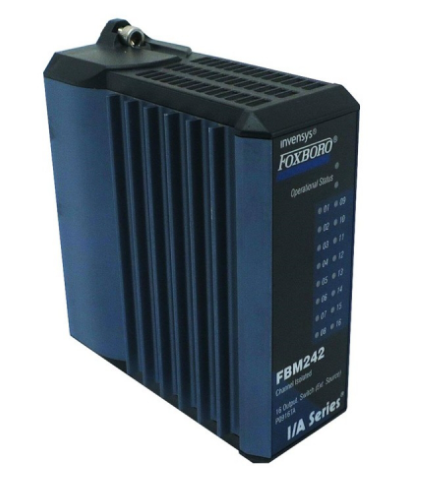
- User name Member Level Quantity Specification Purchase Date
- Satisfaction :
-









Email:wang@kongjiangauto.com




